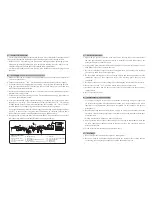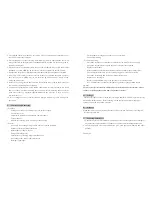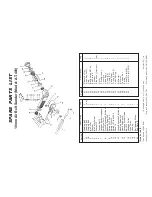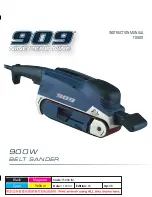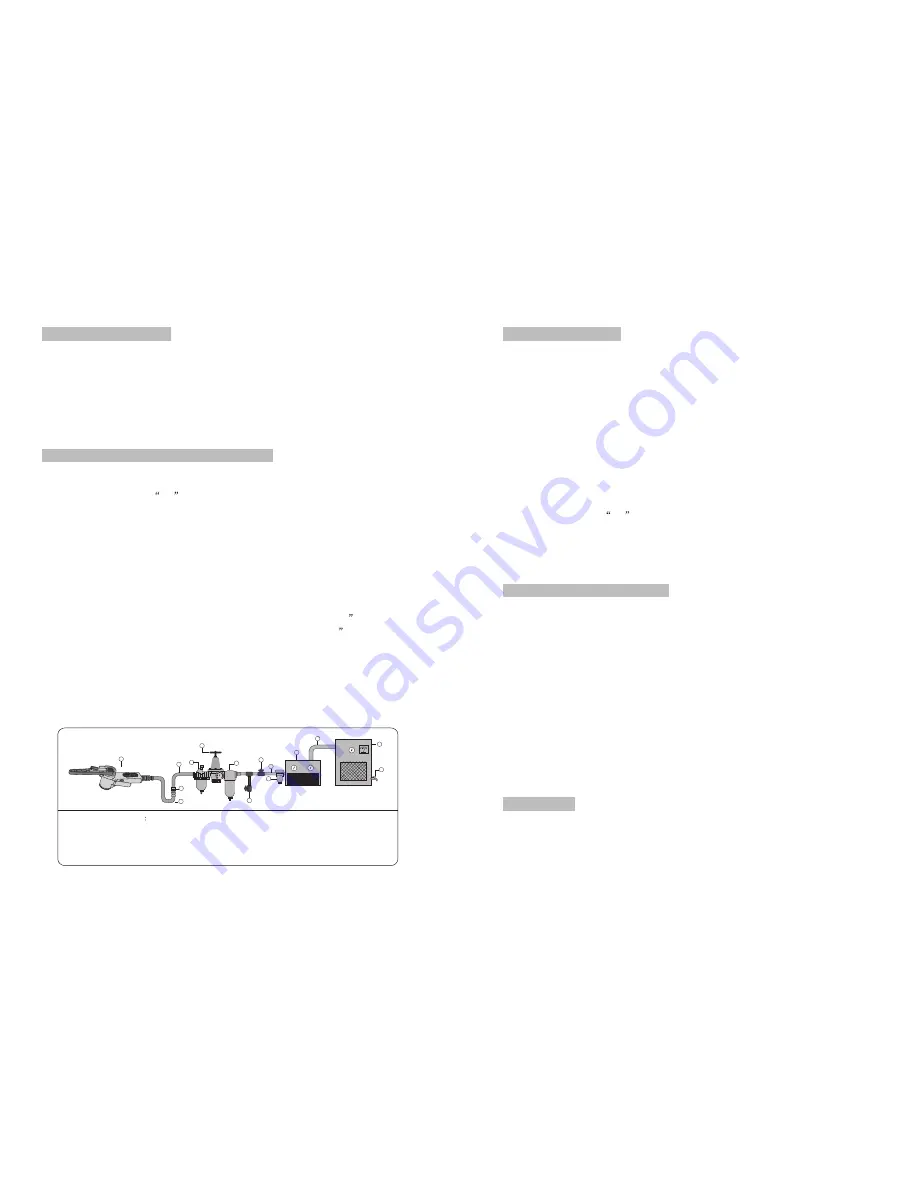
A.
Features & Functions
* The smallest handy sander with 10mm wide belt. Lever throttle for featuring control.
* Easy belt replacement. Suitable for jobs in narrow spaces and recessed corners.
* Helps you to do fine sanding jobs like wood-working, furniture-polishing, plastic,
aluminum & metal-polishing and even small spot sanding jobs like trims, curves,
and other difficult-to-reach spots for common sanding machines.
* 3 different grit sanding belts (60, 80, 120 grit) included for different purpose and
function.
B.
Air Supply
(please refer to the diagram below)
1. Make sure that the air compressor being used for the air tool operation supplies the
correct output (CFM).
2. Turn the throttle in the
off
position when connecting the tool to the air supply.
3. Use normal 90psi (or ranging from 6.0 to 8.0kg.) air pressure while running the tool.
High pressure and unclean air will shorten the tool’s life due to faster wear and also
may create a hazardous situation.
4. Drain the air tank daily. Water in the air line may enter the tool and damage the tool
mechanism at the operation.
5. Clean the air inlet filter cartridge weekly. The recommended hook-up procedure can
be viewed in the diagram below.
6. Line pressure should be increased accordingly to make up for extra long air hoses
(usually over 8 meters). The minimum hose diameter should be 1/4
I.D. and the
fittings should have the same inside dimensions. But usually a 3/8
I.D. air hose is
recommended for air supply to get the best function of air tool operation.
7. Use proper hoses and fittings. We do not suggest connecting quick change couplings
directly to the tool since they may cause failure due to vibration. Instead, add a
leader hose and connect coupling between air supply and hose whip.
8. Keep hoses away from the heat, oil and sharp edges. Check hoses for wear before
individual use. Make certain that all connections are in security.
C.
Safety Instructions
1. Approved eye protector must be worn at all times. Be sure to use a dust mask since
the tool operation may creates dust which is harmful to health. If necessary, ear
protector and gloves should be used.
2. Always keep good balance of body and footing. Secure work with clamps or vice so
both hands can be free to operate the tool.
3. Be sure all clothing is tight to prevent entanglement with running tools. Remove
your jewelry and watch for safety purpose.
4. Be sure that working area is clear of foreign objects and that no people are within
immediate access of tool operation scope. The working place shall be well
ventilated.
5. Disconnect the air hose before changing or adjusting any inserted tools/accessories.
6. Be sure the tool is in
off
position before connecting it to the air hose.
7. Disconnect the tool when it is not in use. Release the on-off device in case of energy
supply failure.
8. Never carry tool by hose.
D.
Maintenance And Lubrication
1. If you are not using an air line oiler, lubricate the air motor by using an oil pot or an
oil injector through the air inlet and then run the tool. Several drops of SAE #10
lubricant or sewing machine lubricant is acceptable for this purpose. Do not use
detergent oil.
2. Before connecting the hose for operation, apply 4 or 5 drops of #10 spindle oil at the
air inlet. Avoid the misuse of thicker oil which may lead to the reduced performance
or malfunction.
3. Oiling is necessary within 3 or 4 hours of operation.
4. After operation, take off the air hose and pour 4 or 5 drops of #60 spindle oil into the
air inlet, then connect the hose again to run the tool for a few seconds, which can
prolong the tool life.
5. Clean air inlet filter cartridge on the air line weekly.
E.
Warnings
1. Never use the tool in potentially explosive atmospheres.
2. Keep your body in well balanced position and always wear gloves to reduce the risk
of crushing caused by torque between a reaction bar and work-piece.
6. Shut Off Valve
7. Whip Hose
8. Coupler Body And Connector
9. Drain Daily
10. 1/2” Or Larger Pipe And Fitting
1. Air Tool
2. Air Hose 3/8”(I.D.)
3. Oiler
4. Pressure Regulator
5. Filter
11. Air Dryer
12. 1” Or Larger Pipe And Fitting
13. Air Compressor
14. Auto Drain
15. Drain Daily
AIR SYSTEM LAYOUT
6
9
14
8
7
1
12
10
5
4
3
2
11
13
15


